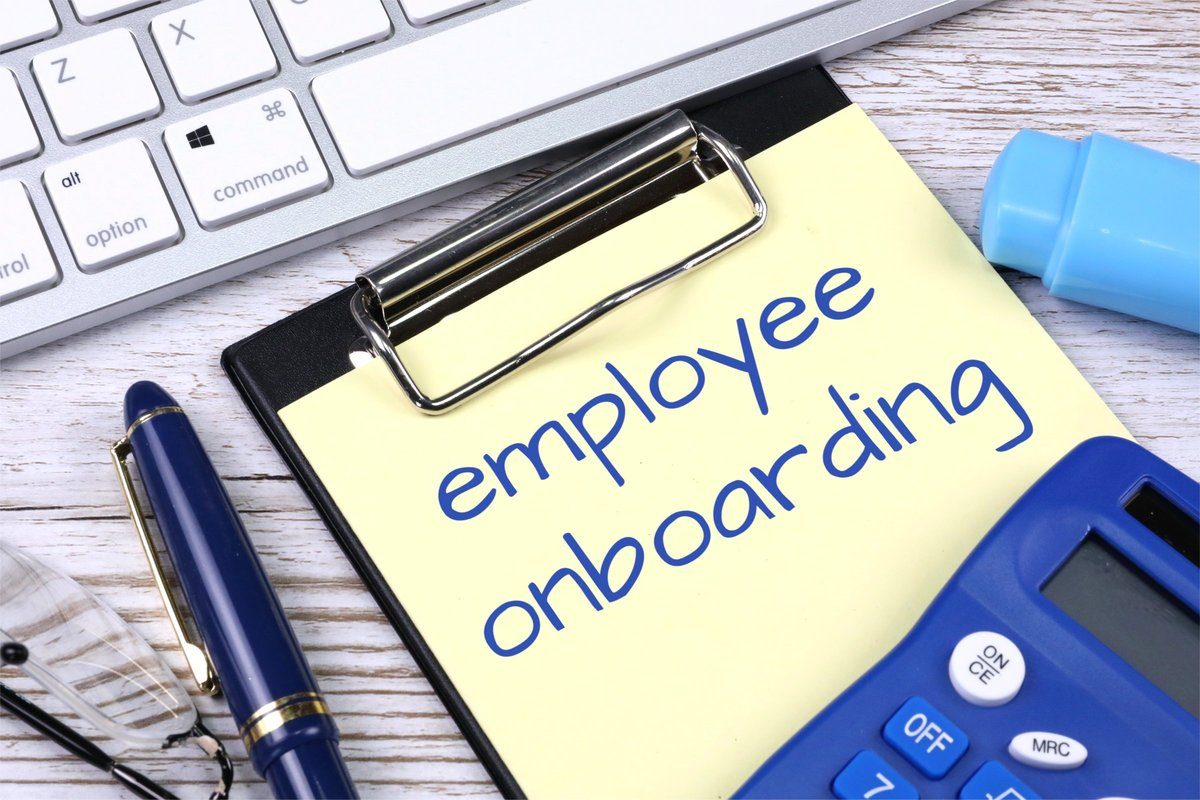Onboarding is often treated like a checklist—logins, paperwork, the obligatory office tour—but companies that get it right know it’s much more than that. It’s a make-or-break phase, not just for the new hire, but for the entire team’s future dynamic. What happens in the first few weeks of an employee’s journey can echo for months, even years, in productivity, morale, and retention. And, increasingly, companies are realising the cost of getting it wrong.
The First 44 Days That Define Everything
You’ve likely heard of the “honeymoon phase” in relationships. In the workplace, it’s even shorter. Research cited by HRD Connect points to a 44-day window where companies either win the loyalty of new hires or lose them to doubt and disengagement. During this time, 70% of employees decide whether their new role aligns with their expectations. And 44% experience buyer’s remorse within the first week.
It’s not surprising, then, that companies with strong onboarding programs can improve retention by up to 82%. Conversely, a chaotic or cold welcome can trigger costly turnover—up to 150% of the employee’s salary, not to mention the hidden toll on team productivity and morale.
Emotional Onboarding: The Heart of the Matter
When employees join a new company, they’re not just learning systems—they’re scanning the environment for belonging. Do they feel seen? Do they understand their role? Is there a clear roadmap for success?
A well-structured onboarding experience blends functional clarity with emotional support. According to TRS Resourcing, the first month shapes not just how fast a hire ramps up, but whether they decide to stay at all. Orientation and training matter, but so does introducing them to the culture, the mission, and the people who live those values every day. A buddy system, regular check-ins, and informal team interactions—like coffee chats or lunch meetups—can go further than most realise.
Tiger Recruitment, for instance, uses a two-week onboarding framework that includes exposure to different teams and wellness check-ins. This mix of structure and humanity can transform a newcomer into a confident contributor.
Clarity Breeds Confidence
New hires crave clarity. They want to know not only what they’re responsible for, but how success is measured and who they can turn to when unsure. According to G&A Partners, a good onboarding experience helps fast-track new hires through administrative hurdles and gives them space to learn in a “high-learning, low-stakes” environment. This early momentum builds trust and accelerates productivity.
Moreover, clear expectations—communicated early and often—create a sense of safety. They help avoid misalignments that often surface during probation reviews or performance conversations. Without this, even a talented hire may falter simply because they didn’t know what was expected.
Belonging Before Performance
Before employees can perform at their best, they need to feel like they belong. Social integration is still the most neglected part of onboarding, yet it’s a foundational driver of engagement. As highlighted in a Forbes piece, when new hires don’t feel part of the team, they are more likely to underperform or leave entirely.
Small gestures—a welcome note, a shared lunch, a casual introduction to the broader team—can have outsized effects. These aren’t perks. They’re cues that help employees navigate unwritten rules and feel safe enough to ask questions, speak up, and eventually lead.
The Cost of Getting It Wrong
It’s easy to quantify the cost of replacing a hire, anywhere from 100% to 300% of their salary, depending on the role. But the ripple effects go deeper. Teams are stretched covering the gap. Morale drops when colleagues constantly see people come and go. Leaders burn out retraining replacements. And your employer brand? That suffers too.
As the Harvard Business Review points out, employees who feel unsupported during onboarding often disengage, which can lead to absenteeism, lowered performance, or abrupt exits—sometimes before their probation is even over.
Pitfalls to Watch For
Some common traps are deceptively simple: drowning new hires in information without context, isolating them from their team, or leaving onboarding solely to HR with no manager involvement. Silence is often mistaken for satisfaction, but in onboarding, silence can mean uncertainty or even regret.
That’s why feedback loops are essential. Regular pulse checks allow leaders to catch concerns early, adjust processes, and continuously improve the experience.
Strategic Onboarding Is a Competitive Advantage
Done right, onboarding is more than an HR process—it’s a strategic investment. It increases retention, shortens ramp-up time, and cultivates culture carriers who pay it forward to the next wave of hires. In today’s hybrid world, where that cultural “osmosis” no longer happens organically, a deliberate approach to onboarding becomes even more critical.
This isn’t about making new hires feel good—it’s about making sure they stick around, perform, and grow. Companies with strong onboarding strategies aren’t just keeping their teams intact—they’re turning new hires into advocates, leaders, and loyal contributors.
Final Thought
Onboarding isn’t an event—it’s an experience. And in a talent market that’s increasingly competitive, that experience can be your edge. If you want a strong team tomorrow, start with onboarding today.

